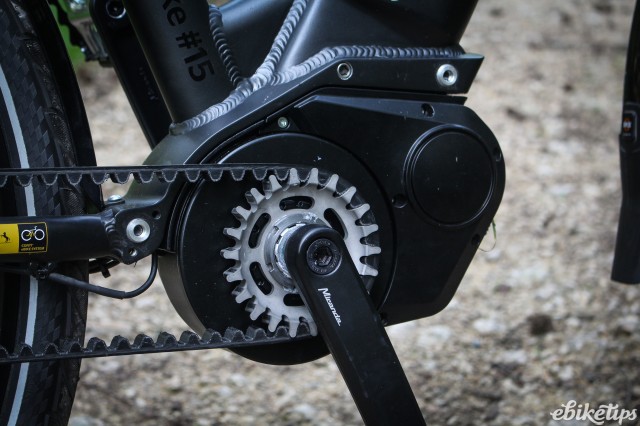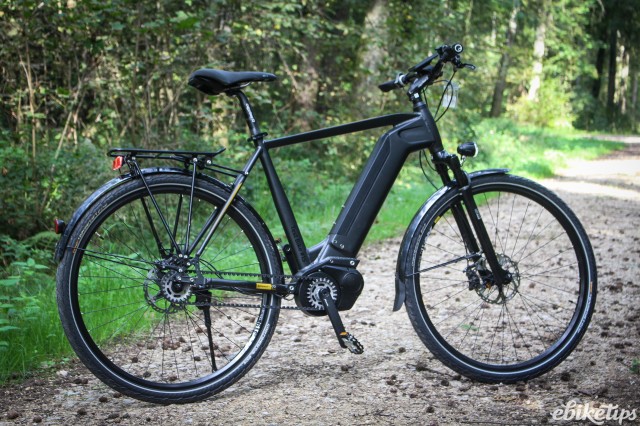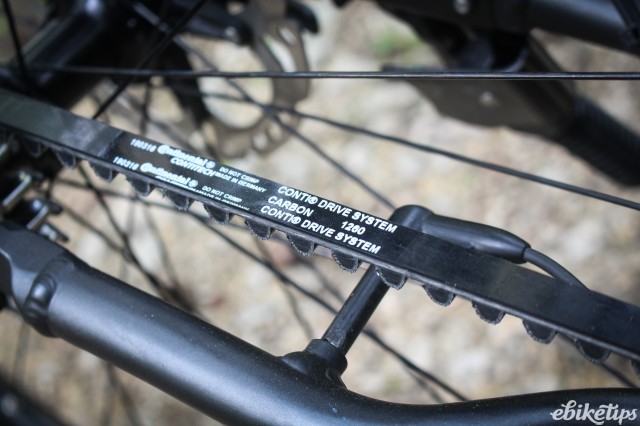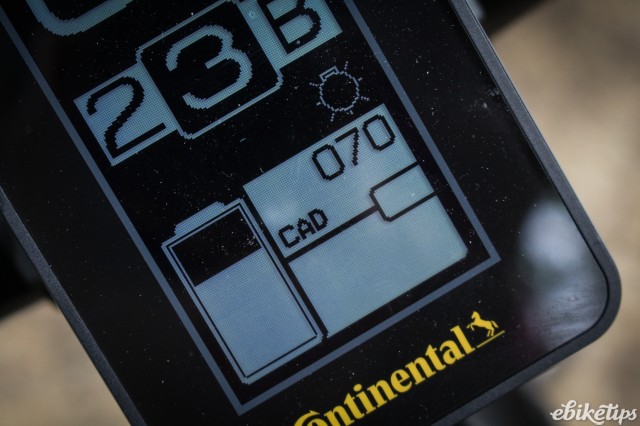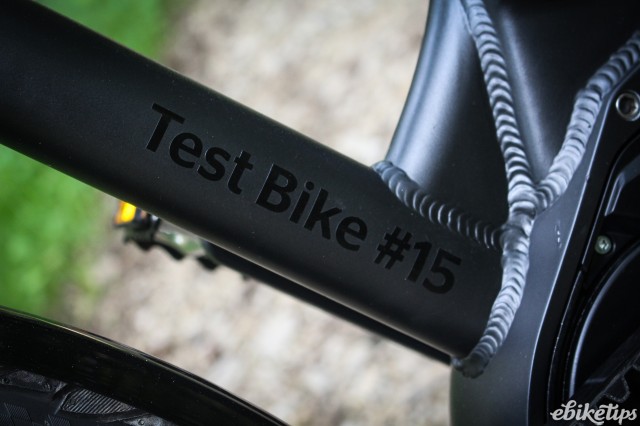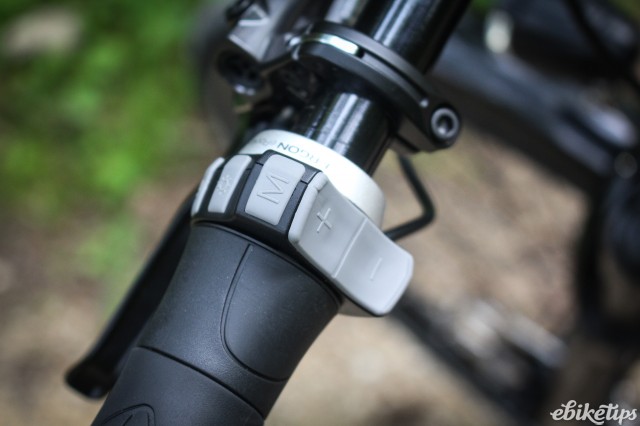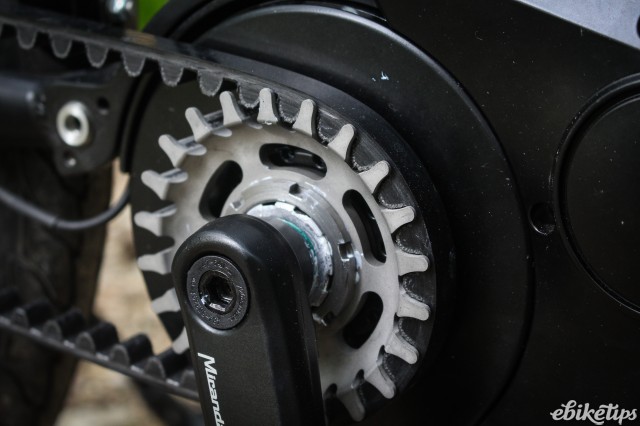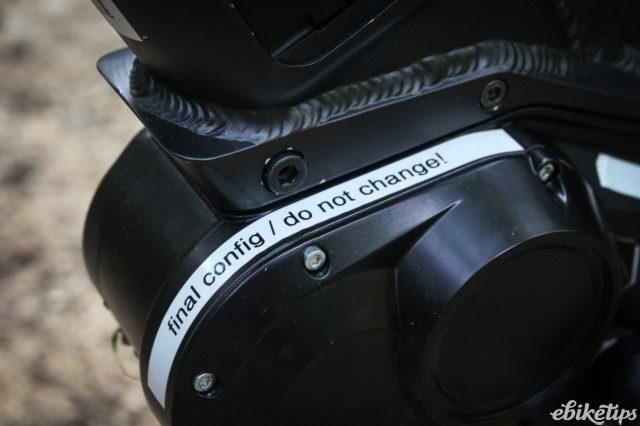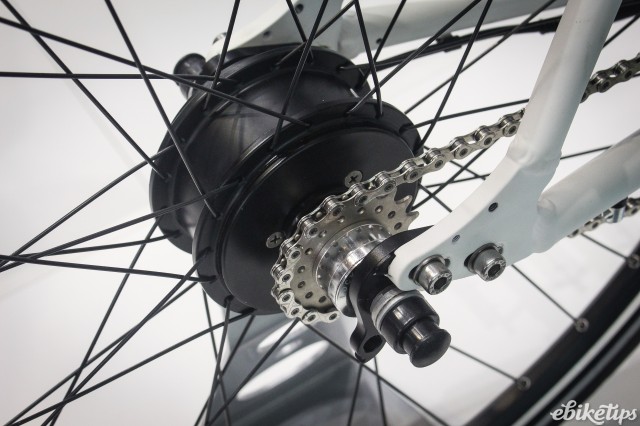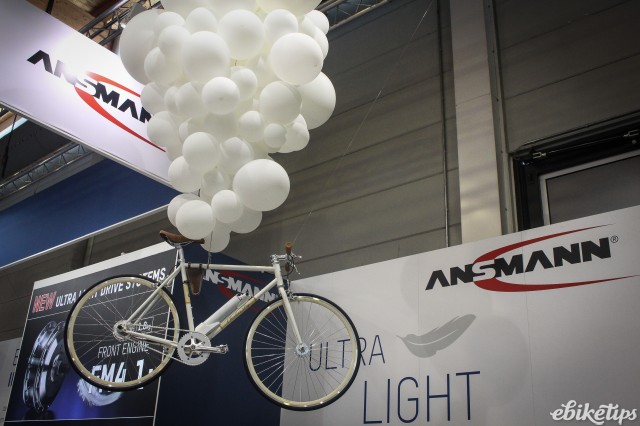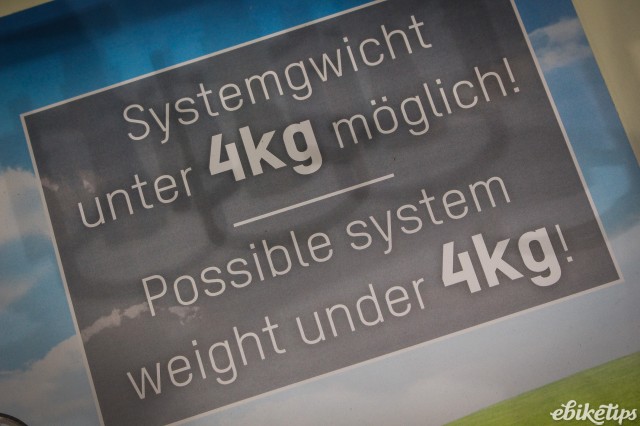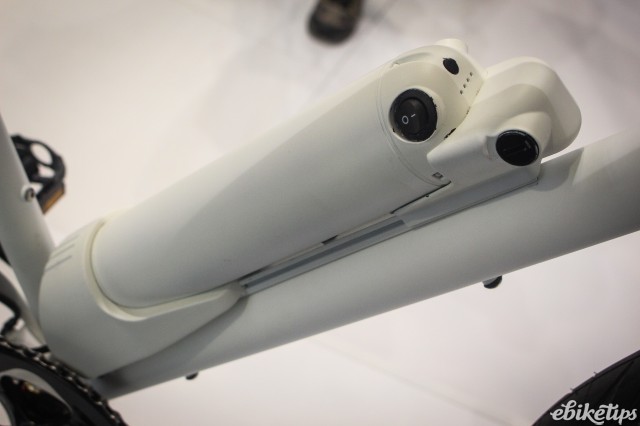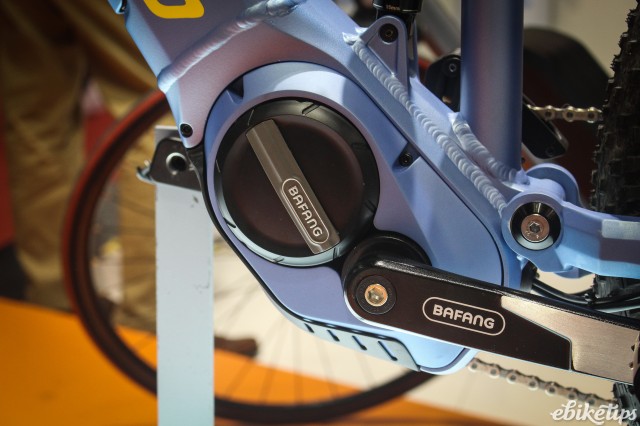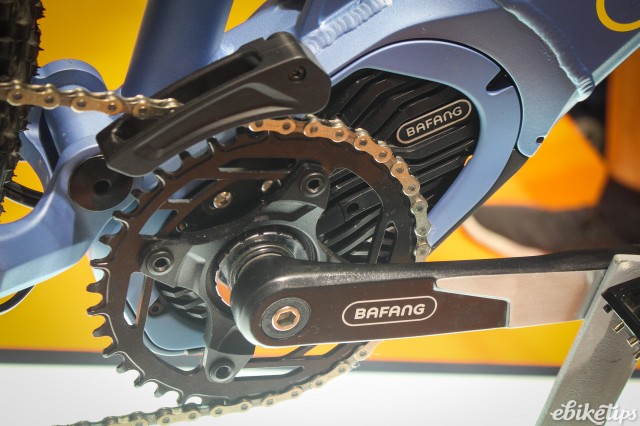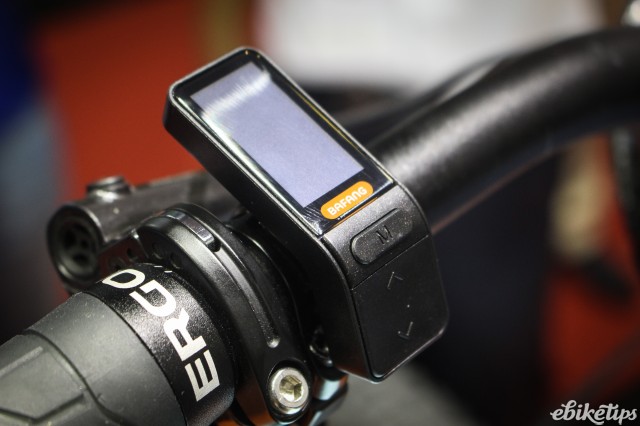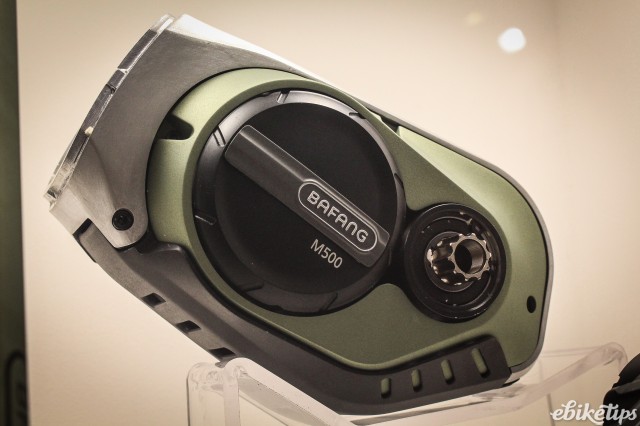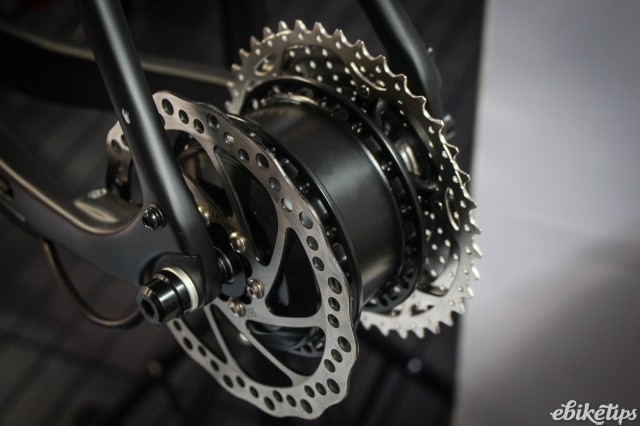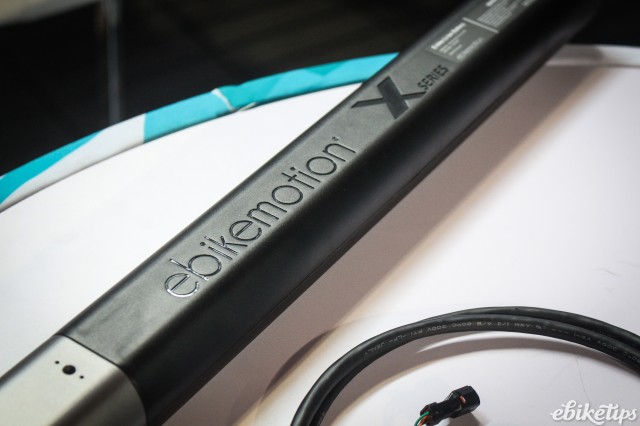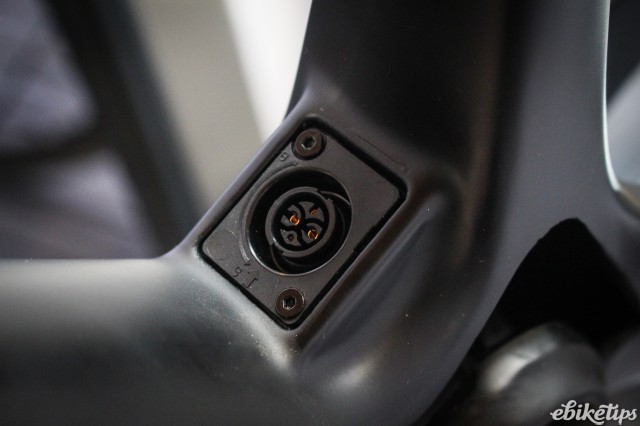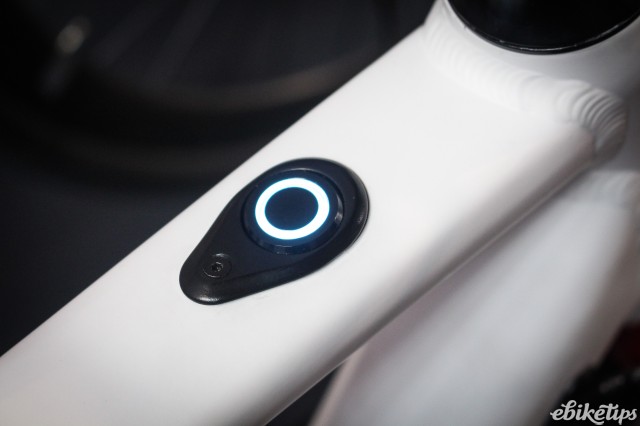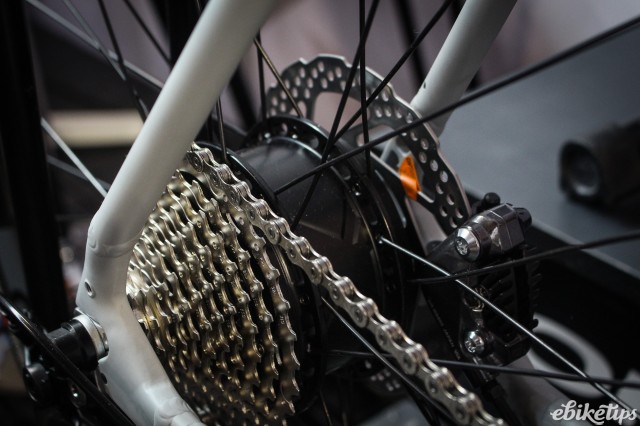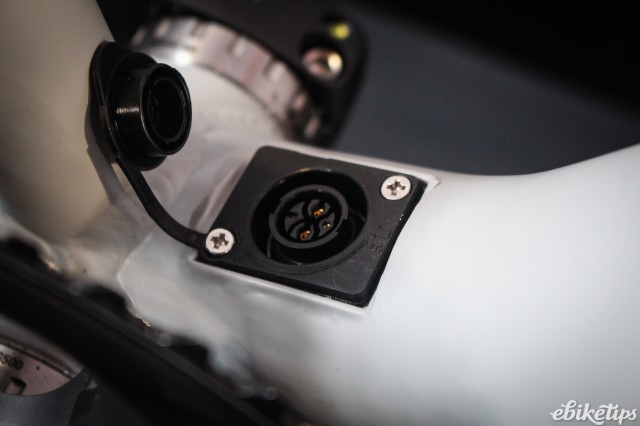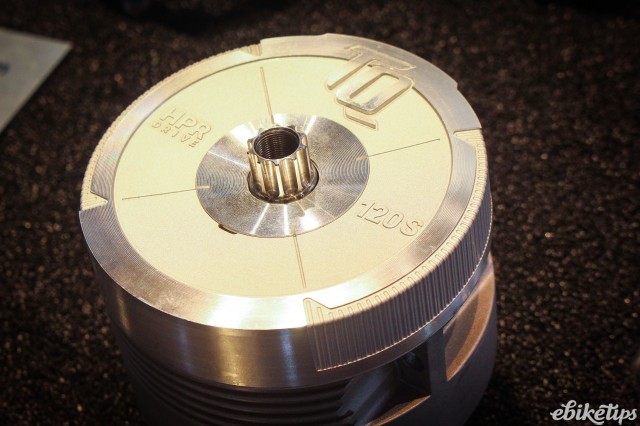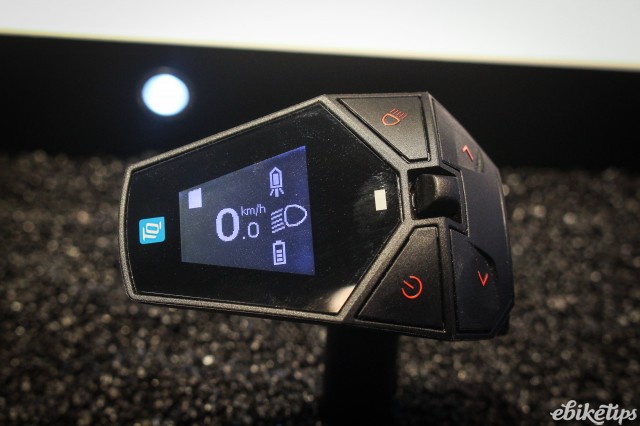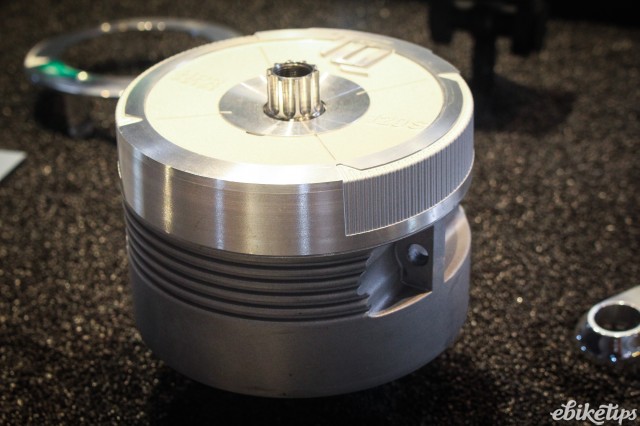Innovation is still very strong in the e-bike market: it’s a relatively young technology, and that means there’s plenty of development still to do with the components. Drive systems are constantly developing: every time we come to Eurobike there’s a whole slew of new ones, some of which will become commonplace and others we’ll probably never see again. Here are five that we’ve picked out from the many we’ve seen in the halls.
Continental
Continental have a new 48V mid motor system, and judging by the amount of advertising and hype there is surrounding it at the show it’s something they’re pinning their hopes on. It’s a really interesting bit of kit too, because it does something we’ve always thought more e-bikes should do: combine the motor and the gearing in one place.
A mid-motor gearbox has numerous advantages. Firstly, it means that all the tricky and heavy bits are kept in one place in a sealed unit, which means it’s easier for the motor to know what the gears are doing and both are protected from the weather. The majority of the system weight is centrally-located in the bike, and low down, which is also a bonus. You can use a single-sprocket rear wheel, which is strong, light and easy to remove if you get a puncture.
Continental have teamed up with Nuvinci for the gearing in their new motor. Nuvinci’s continuously-variable planetary drive is well established, and they do their own automatic shifting system, called Harmony, that works very well. Continental’s motor uses a similar automatic shifting that matches your cadence: Just input how fast you want your legs to go round and the system’s brain will adjust the gear ratio to suit. We’ve had a test ride on the Continental motor; watch out for that on the site soon.
TQ
Much of the time there seems to be two opposing goals in e-bike development. On the one hand companies are trying to make their motor and battery systems as light as possible, and on the other there’s mileage in having the most powerful motor. The two are probably mutually opposing goals to an extent. Anyway, TQ are firmly in the power camp, and they claim their motor is the most powerful on the market, capable of 120Nm of torque: that’s nearly twice what a Bosch Performance Line motor puts out.
The TQ drive uses something called a pin ring transmission. We’ll let them explain that: here’s what it says on the TQ website.
“The electric machine drives an elliptical roller bearing. The oval contour moves 150 pins in a wave pattern between the inner gear (148 teeth) and the stationary external gear (152 teeth). The pins act as transmitters. Transmission takes place between the rotary motion of the bearing (input: motor) and the internal gear (output to the chain ring). All the pins are engaged around the entire circumference achieving power transmission that occurs in a minimum of installation space. The transmission gears down in only one stage with a ratio of 1:37. That is, at a pedaling frequency of 80 rpm, the electric machine is running at about 3000 rpm. Thanks to the integrated freewheel, the bicycle can be pedaled just like a bike without a Motor as, when the drive is disengaged, no internal components are moving.” Got that? Anyway, the motor is very powerful, and when disengaged there’s barely any more friction than a standard bottom bracket: you can spin the motor with your finger.
TQ have mostly been producing drives for high-speed bikes for the likes of M1 SportTechnik in Switzerland. But they’re currently going through the EU approval process for a 250W version of the motor that will be legal for standard pedelecs (25km/h max speed) and still put out 120Nm of torque. Bigger brands are experimenting with the motor, with Ridley looking to include a hardtail e-MTB in their line using the TQ Drive.
ebikemotion
At the other end of the weight/power equation are Spanish manufacturers ebikemotion. They’re very much going after the fully integrated, lightweight e-bike market and their X35 system weighs just 3.5kg all in: that’s the battery, the motor and the controller. That’s less than some mid motors weigh on their own.
The battery that ebikemotion have developed is just 48mm in section and fits inside a fairly standard down tube. The battery management system and engine control systems are all integrated into the battery, and drive a 250W rear hub motor that puts out 40Nm.
The battery is 250Wh, which isn’t huge, but ebikemotion have developed a piggyback battery which can be plugged into the charge port. The control system automatically recognises it as a battery rather than a charger, and two extra batteries can be added in this way, giving a total system capacity of up to 750Wh. ebikemotion say that’s good for up to 250km: that’s optimistic, but it should still offer a serious range.
Orbea are using the ebikemotion motor system in their Gain e-gravel bike; that’s an alloy frame, and there was a prototype carbon version of the bike on the ebikemotion stand that weighed a claimed 12kg. Certainly it wasn’t very heavy.
Ansmann
Ansmann are another company that are going for the light weight e-bike market. They have new versions of their front and rear hub motors, named FM4.1 and RM5.1 respectively. The front motor weighs 1.8kg and the rear is 2kg, meaning that a system weight of under 4kg is possible. Again, that’s with a smaller battery, as a lot of the weight of a motor system is in the cells.
Ansmann offer a huge range of batteries; it’s a name you might know from rechargeable batteries and they have a lot of experience there. Capacities range from 324Wh to a massive 630Wh, and there are rack-mounted, down-tube and integrated options too. There are two controllers available – a simpler LED version and an LCD computer – which allow you to pick from six power levels as well as access the walk assist function. The LCD has standard computer functions too.
Bafang
Bafang don’t have a huge presence over in the UK in terms of recognition of the brand, but they do make a big range of motors, and many of the cheaper bikes on sale in the UK will have a Bafang hub motor.
It’s not all cheaper-end hubs though: Bafang make a well-regarded mid motor for city bikes and now they have two new e-MTB motors too. The M500 is the one that interests us most at ebiketips as it’s a 250W EU-compliant unit, with the more powerful M600 designed for 45 km/h S-Pedelec bikes and the US market.
The motors are direct drive at the axle, So you can use a single or a double chainring setup like you can with Yamaha and Brose motors. Bafang have designed the motor to be compact: one of the issues with a mid motor is it can extend the back end of an e-MTB, meaning it’s not quite so manoeuvrable on the trail. Bafang claim a chainstay length of under 450mm is achievable with the M500, which is pretty good.
The motors are compatible with Bafang’s F-Series InTube batteries; these are available in 374Wh and 600Wh and there’s a semi-integrated battery too, with a giant 800Wh capacity. There’s a new display and remote as, which incorporate a USB port for charging devices, and a BLE chipset for connectivity with smartphones and sensors.
